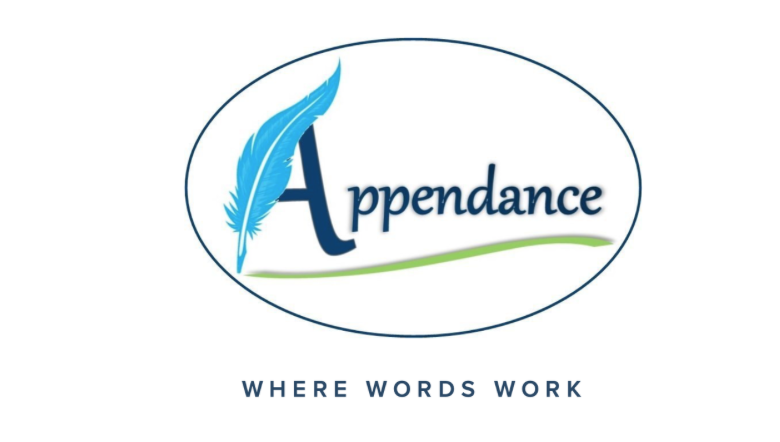You may have been taught in school that using the singular “they” to refer to one person is grammatically incorrect. While the singular “they” has been employed for centuries by famous authors, professional writers, and as part of everyday language, your teacher was right, was being the keyword.
In this blog post, we want to address two things: 1) Using the singular “they” is something you’ve probably already been doing, unconsciously when you speak, and possibly even when you write. And, 2) The singular “they” can be an adjustment when referring to a non-gender binary individual, but it also reflects the nature of the English language.
Read More